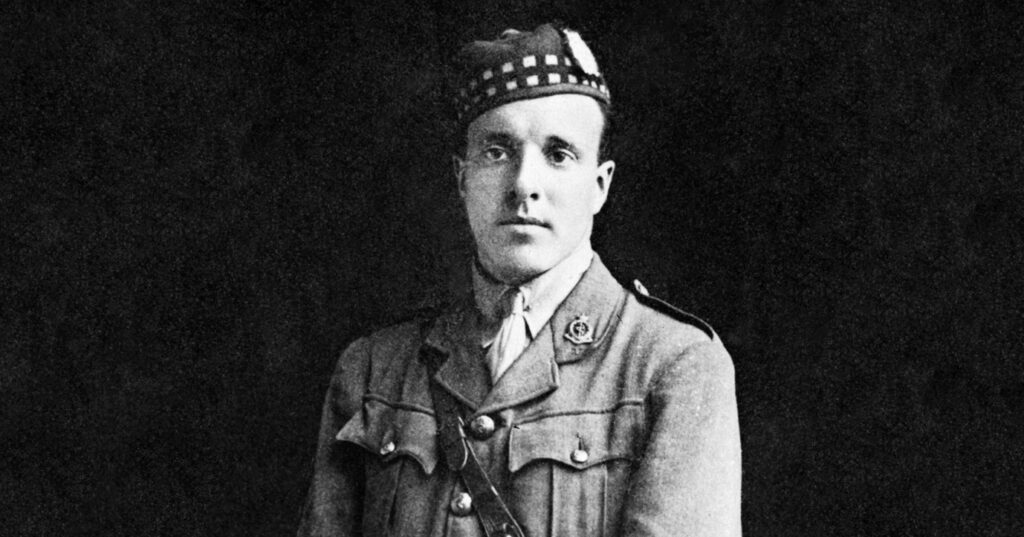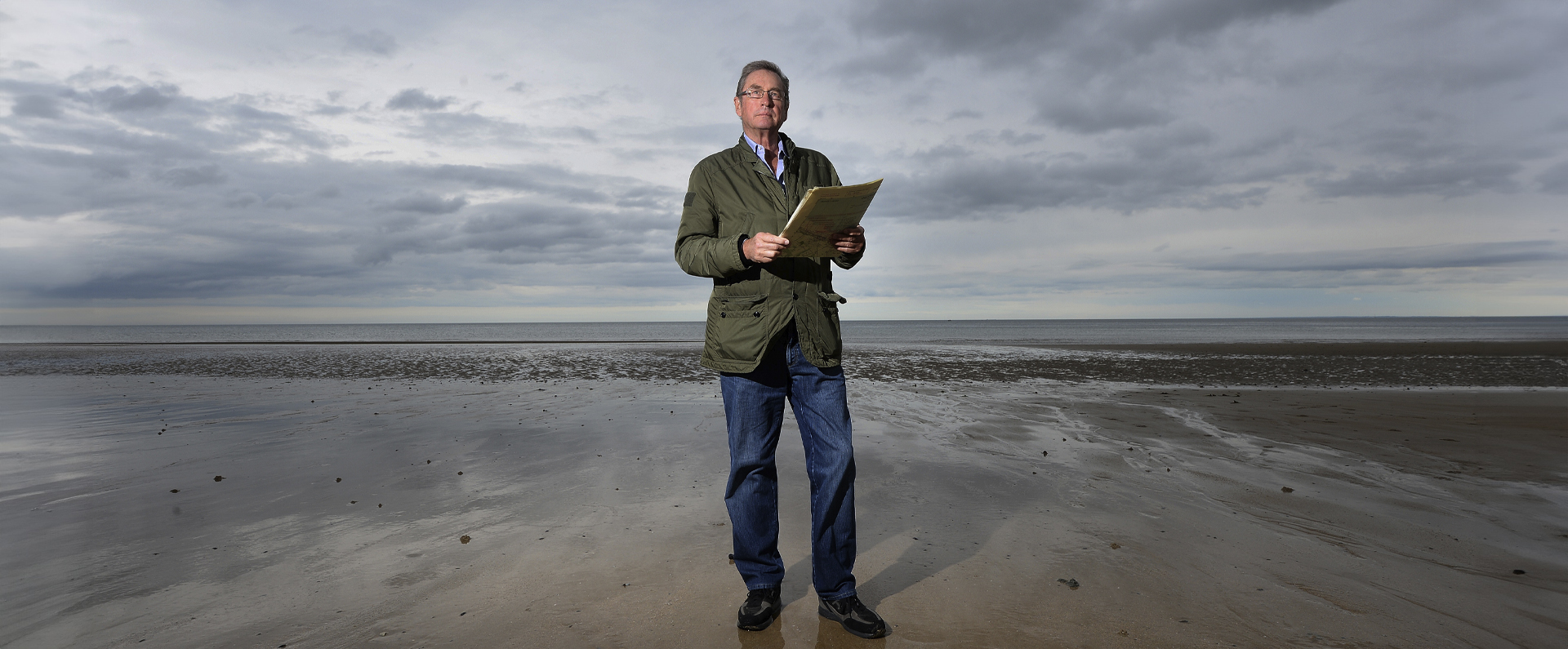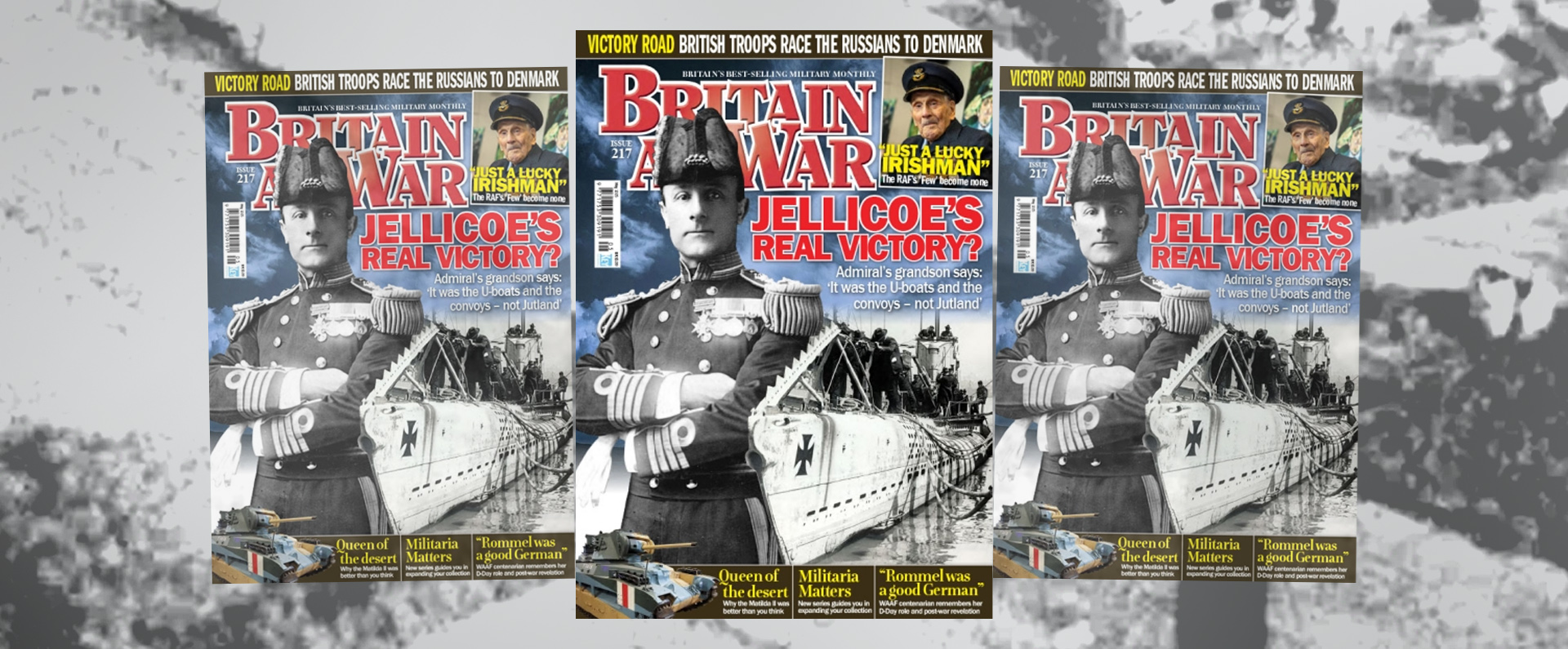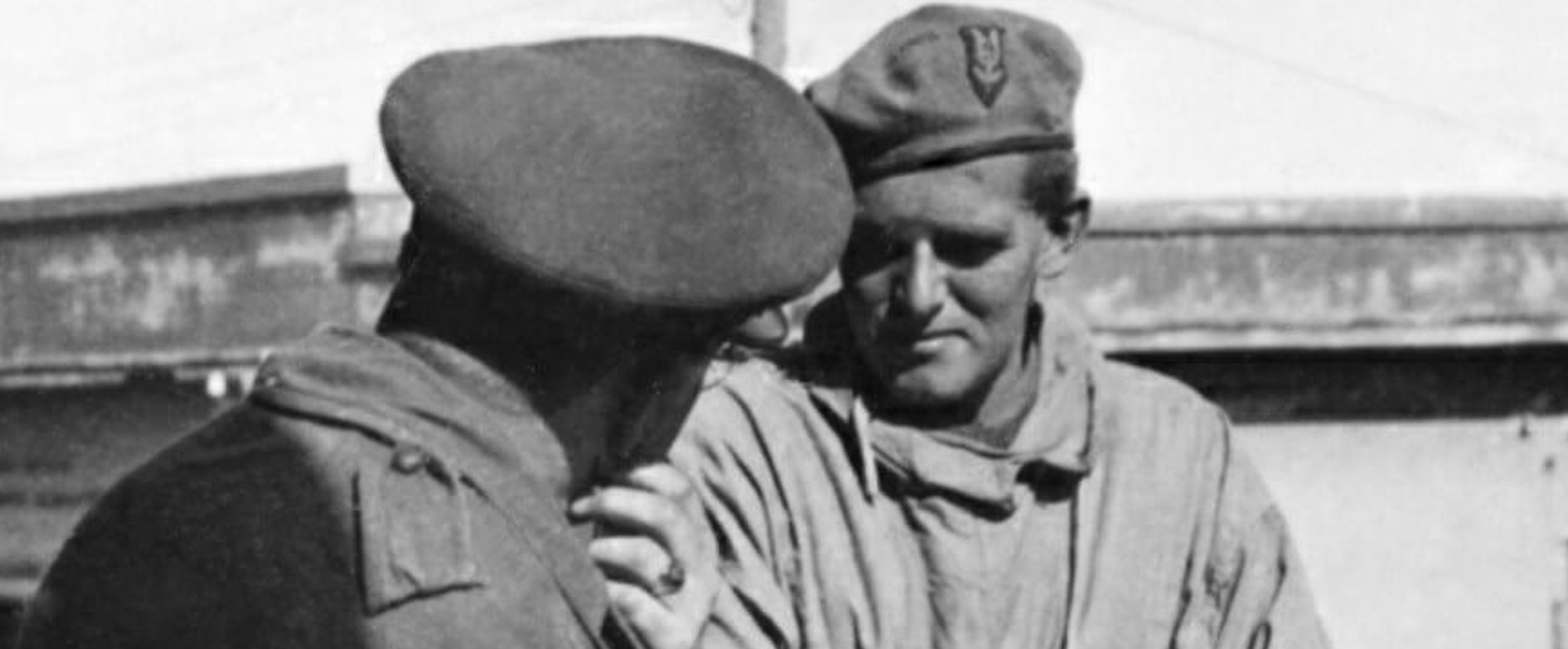
Published in the Sunday Telegraph on 06 October 2013.
Noel Chavasse – The First World War doctor who braved hell for others.
During the four long and traumatic years of the Great War, only one individual was awarded the Victoria Cross (VC) and Bar – the equivalent of two VCs. The recipient of this exceptional double honour was not even a frontline soldier: Captain Noel Chavasse, a bishop’s son, was a medical officer but this did not stop him from being responsible for some of the bravest and most unselfish acts of the entire conflict.
Noel Chavasse, narrowly the younger of identical twin boys and one of seven children, was born in the vicarage at St Peter-le-Bailey, Oxford, on November 9, 1884. When his father became Bishop of Liverpool in 1900, Chavasse was educated at Liverpool College School, and in 1907 he graduated with a first in philosophy from Trinity College, Oxford.
While at university, he was a talented sportsman, earning blues for athletics and lacrosse. He and his twin brother, Christopher, represented Britain in the 1908 Olympics, both running the 400 metres. After qualifying as a doctor in 1912, Noel Chavasse became house physician at the Royal Southern Hospital, Liverpool, and the following year he was appointed house surgeon at the same hospital.
As war loomed, Chavasse was commissioned as a lieutenant into the Royal Army Medical Corps (RAMC) and, after the outbreak of hostilities, he served in France and Belgium, where he was attached to the 10th Battalion King’s (Liverpool Regiment), known as Liverpool Scottish. This battalion saw action in June 1915 at Hooge, near Ypres, where Chavasse continually went into no man’s land for nearly 48 hours until he was satisfied there were no more wounded who needed treatment. He was awarded the Military Cross (MC) for his heroic efforts and, shortly afterwards, he asked one of his sisters to buy 1,000 pairs of socks and other comforts out of his own money for the battalion.
On July 27, 1916, the battalion was moved to trenches in front of Guillemont, on the Somme. Despite being unable to reconnoitre the enemy positions, the men were still ordered to attack at 4.20am on August 9.
Not surprisingly, within a few hours they had sustained 189 casualties out of 600 men. Chavasse attended to the wounded all day under heavy fire, frequently in view of the enemy, while during the night he searched for injured men directly in front of enemy lines.
The next day, he recruited a stretcher-bearer and, under heavy shellfire, carried a critically injured man 500 yards to safety. On the return journey, Chavasse was wounded but it did not stop him from further sterling deeds that same night.
Helped by 20 volunteers, he rescued three more wounded men from a shell-hole just 25 yards from the enemy trenches. He also buried the bodies of two officers and collected numerous identity discs from dead soldiers. It was estimated that during those two days Chavasse saved the lives of 20 seriously wounded men as well as treating the countless “ordinary” cases that passed through his hands.
Chavasse’s parents heard through official channels that he had been wounded but, almost immediately, they received a letter from their son playing down the injury: “Don’t be in the least upset if you hear I am wounded. It is absolutely nothing. The merest particle of shell just frisked me. I did not even know about it until I undressed at night.”
Chavasse was awarded his VC “for most conspicuous bravery and devotion to duty” and his citation, announced in the London Gazette on October 26, 1916, concluded: “His courage and self-sacrifice were beyond praise.”
The Liverpool Daily Post & Mercury said of the city’s local hero: “Letters from the Front have constantly told how eager he was, how ready he was to expose himself to dangers beyond those called for in the discharge of his duties, and how many a wounded soldier has brightened under the radiance of his cheery disposition… His battalion almost regard him as their mascot.”
A Canadian machine-gunner told the paper: “I was up at the line that day, and the men were talking a lot about the fine courage of Captain Chavasse… Hell would have been heaven compared to the place he was in, but he never troubled about it. It’s men like him that make one feel that the spirit of old is still alive in our midst.”
Moreover, Chavasse had particular sympathy with soldiers who had lost their nerve, some of whom even inflicted injuries on themselves in the hope of being invalided away from the front line.
This compassion was highlighted by the regimental historian who wrote of Chavasse: “The Doctor has a genius for picking out those men who were near a breakdown, either in nerve or general health, but not yet so run down as to be hospital cases.
”Rather than send them to the trenches where their collapse sooner or later was inevitable, he kept them at his aid post as light-duty men, where in comparative comfort they had a chance to rest and recover.”
By the summer of 1917, the battalion had moved to trenches near Wieltje, north-east of Ypres. Preparations were made for what was to be the third Battle of Ypres – an attempt to recapture Passchendaele Ridge. The offensive began on July 31 and the Liverpool Scottish, poorly protected against mustard gas, lost two officers and 141 other ranks.
On the first evening of the battle, Chavasse was wounded in the skull. He had his injury bandaged but refused to be evacuated. Time and again, under heavy fire and in appalling weather, he went into no man’s land to search for and attend to the wounded. With virtually no food, in great pain and desperately weary, he undoubtedly saved numerous lives until, early on August 2, he was finally taking a rest at his first-aid post when it was struck by a shell.
Everyone in the post was either killed or wounded. Chavasse suffered at least six injuries but crawled for half a mile to get help for the others. He was taken through Ypres to the 46th Field Ambulance and then on to the 32nd Casualty Clearing Station, but his face was unrecognisable and he had a serious wound to the abdomen. After an operation on the latter injury, he found the strength to dictate a letter to his fiancée (and cousin), Gladys Chavasse, in which he explained why he had carried on working in spite of his injuries, insisting that “duty called and called me to obey”. He died at around 1pm on August 4, 1917.
Gladys Chavasse was distraught when she heard the news: the couple had intended to get married later that month. A memorial service was held in his honour in the Parish Church of St Nicholas on Merseyside on August 29.
During August, Chavasse’s parents were inundated with letters praising their lost son. Brig-Gen LG Wilkinson, who commanded the 166th Brigade until April 1917, wrote: “I constantly met your son and appreciated his work. He was quite the most gallant and modest man I have ever met, and I should think the best-liked. What he did for his battalion of Liverpool Scottish was wonderful, and his loss to them is irreparable. I do not believe a man of more noble character exists.”
The Bar to his VC was announced on September 14, 1917, when the citation praised his “extraordinary energy and inspiring example”, and the posthumous decoration was later presented to his family. Chavasse is buried in the Brandhoek New Military Cemetery, Belgium, where his headstone bears a representation of two VCs. The wonderfully apt inscription in the white stone, chosen by his father, reads: “Greater love hath no man than this, that a man lay down his life for his friends.”
Gladys Chavasse is believed to have visited Chavasse’s grave several times and each year she marked the anniversary of his death with an “In Memoriam” notice in The Times. She also kept a photograph of him, his “Officer’s Advance Book”, his writing case and his miniature VC until her death in 1962, when she was fatally struck by a car while holidaying in France.
Christopher Chavasse, who was awarded the Military Cross (MC) for his own bravery during the Great War, gave an insight into his own loss in a letter, written in 1961, to a woman whose identical twin sister had just died.
He told her that “also as an identical twin, how truly I can sympathise with you, as I still mourn my Noel every day of my life, and have done so for 44 years, and shall do till I see him again – quite soon now.” Christopher Chavasse, who was the Bishop of Rochester for 20 years until 1960, died in March 1962, at the age of 77.
Since his death, Noel Chavasse has had at least 16 memorials dedicated to his memory, including one at Liverpool Cathedral, and this total of memorials is greater than for any other VC holder in the world.
Decades ago, Captain Chavasse’s service and gallantry medals were left by his family to St Peter’s College, Oxford. However, in 2009, after lengthy private negotiations, the college took the decision to offer his medals to me. An exclusive report in The Sunday Telegraph quoted college sources as saying the price was “close to £1.5 million”, which easily topped the previous world record for a medal, rumoured to be a private sale worth £1 million.
I was thrilled to add the Chavasse medals to my collection, which now totals more than 180 VCs, the largest collection of such decorations in the world. I was especially glad that the money I paid for the group of medals was going towards academic purposes: indeed this encouraged me to pay what some people have suggested was an “uncommercial” price for this unique group of medals.
I had long felt that my VC collection would never be truly complete until it contained one of the three VCs and Bars that have been awarded since the decoration was instituted by Queen Victoria in 1856.
In many ways, I look upon the Chavasse decorations as the ultimate group of gallantry medals. I am immensely proud to own them and to know that they are now on public display at the Imperial War Museum.
Download a PDF of the original Sunday Telegraph supplement
For more information, visit:
LordAshcroftOnBravery.com


